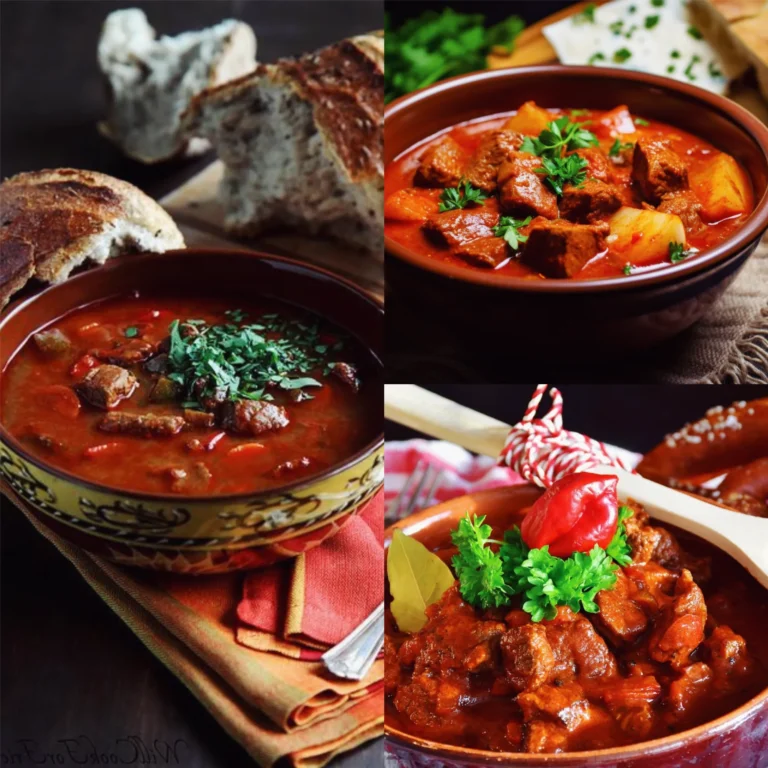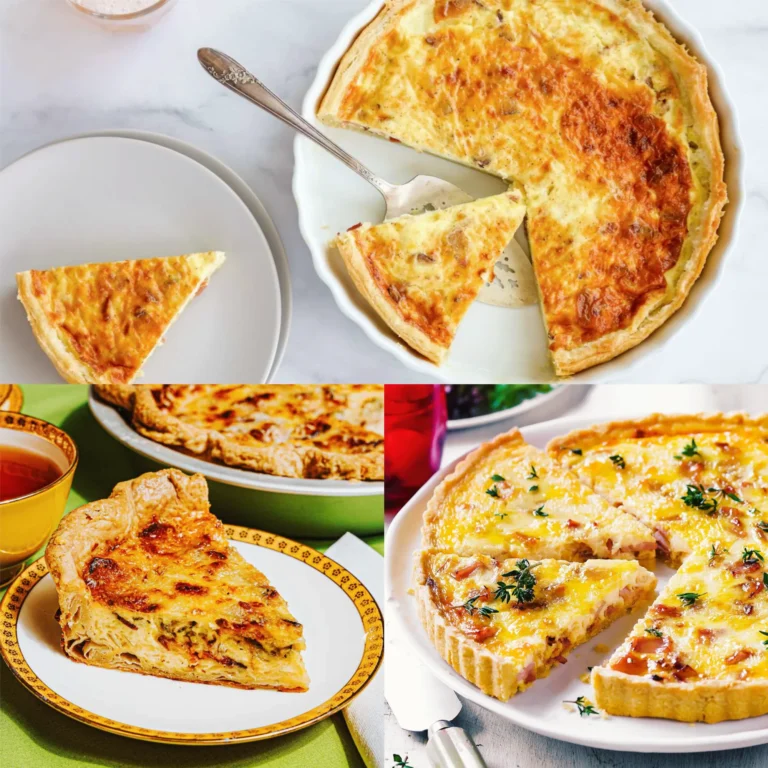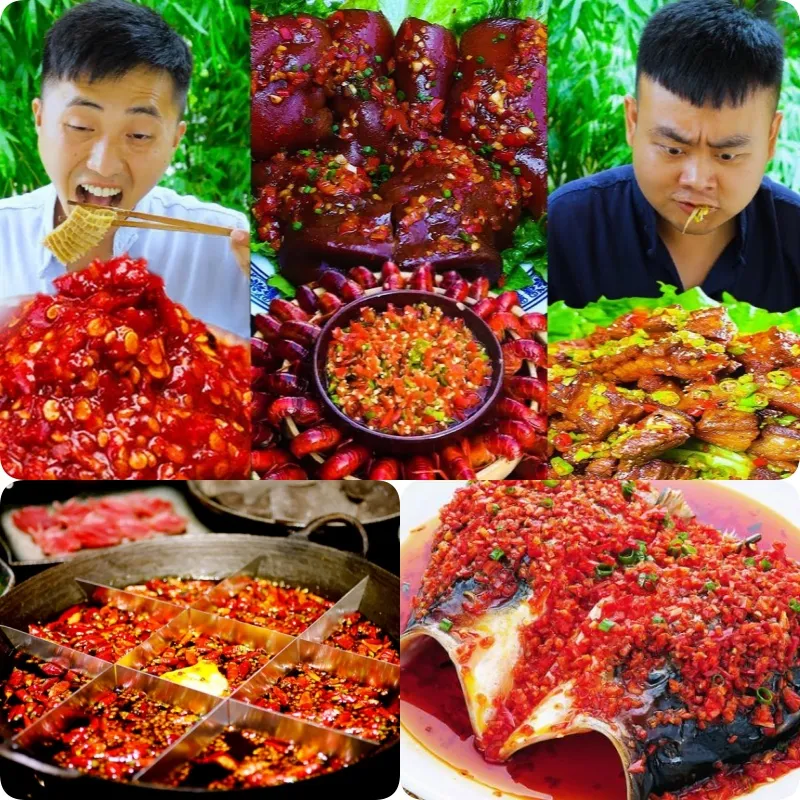
Common Misconceptions About Chinese Cuisine
Chinese people mainly eat rice
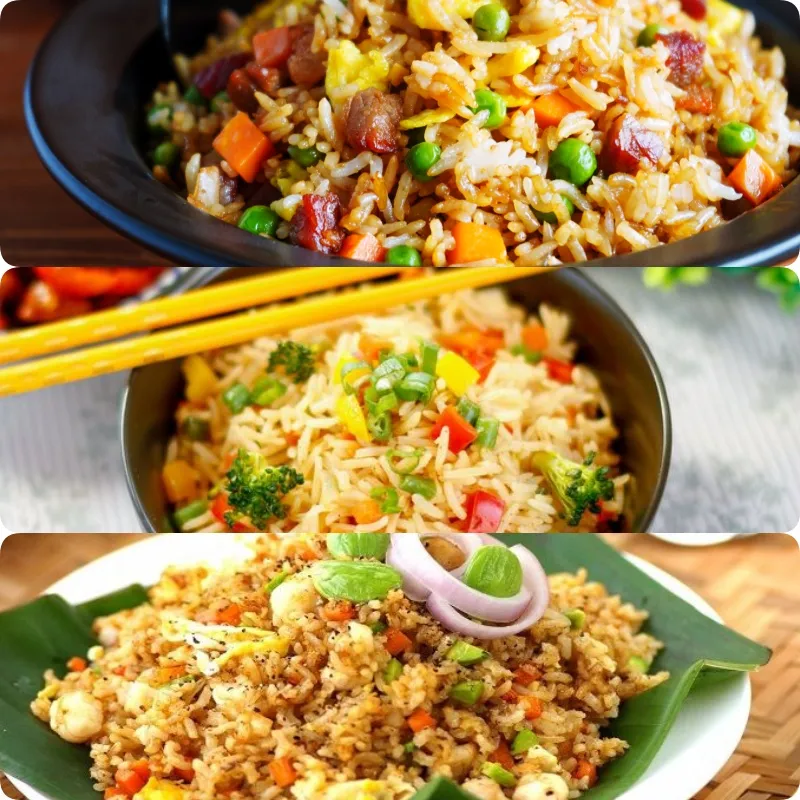
Although rice is often considered the staple food of China, the reality is that Chinese people have a particular fondness for wheat-based foods like noodles, dumplings, and steamed buns. Hand-pulled noodles are one of the most iconic culinary arts in China. According to tradition, the longer the noodle, the longer the lifespan it symbolizes. Noodles can be enjoyed with bone broth and vegetables, mixed with meat and sauce, or served with a separate dipping sauce. A bowl of fragrant noodles, with rich broth and a touch of spice, becomes an irresistible dish.
Chinese cuisine is oily and full of fried dishes
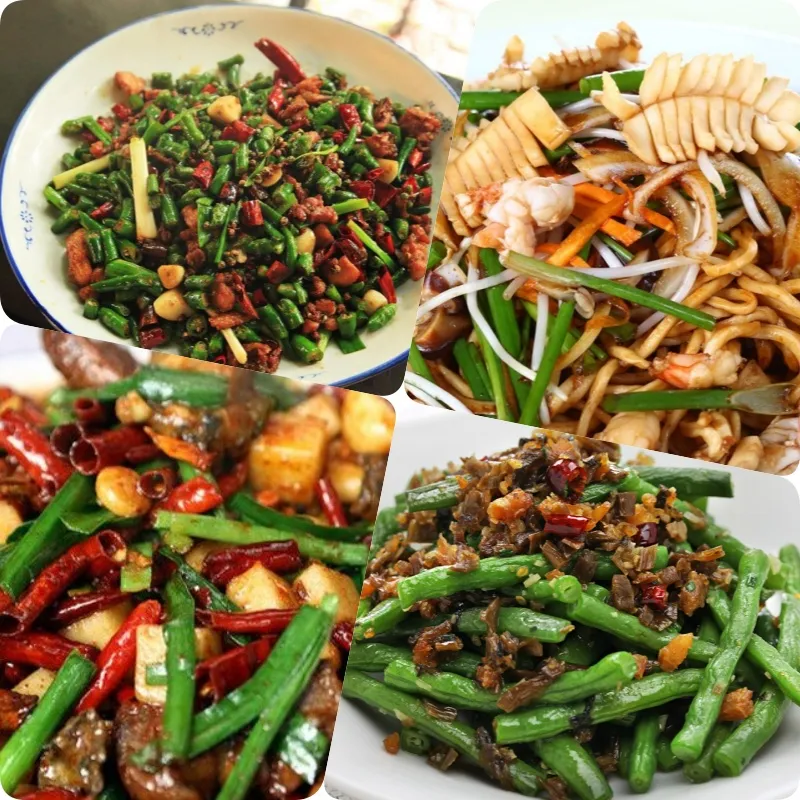
China is famous for fried foods such as dough sticks, pancakes, Yangzhou fried rice, Chow Mein (fried noodles), and roasted duck, leading to the misconception that Chinese cuisine is generally greasy. However, China is the birthplace of many diverse culinary schools. Except for Cantonese cuisine, which tends to focus on complex and elaborate fried dishes, most other regions in China prefer lighter fare, often using methods like stewing, simmering, and steaming.
Chinese people drink a lot of alcohol with their meals
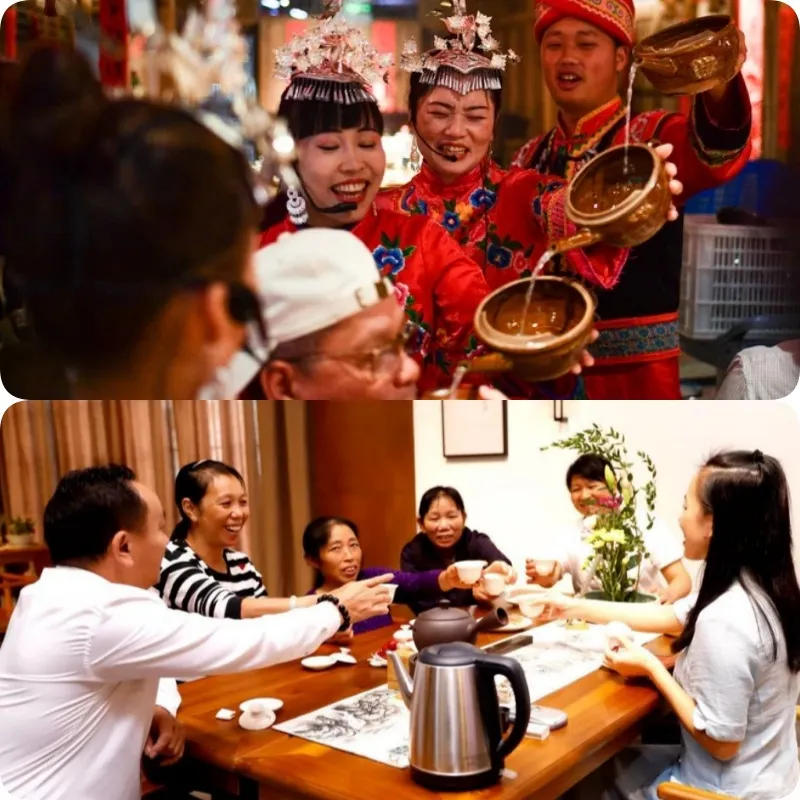
Although China is ranked among the countries with the highest alcohol consumption in the world, few people know that the Chinese have a stronger preference for tea in their daily lives. Tea is an essential part of the dining experience, playing a crucial role in Chinese culture and culinary practices. It is served throughout the meal to cleanse the palate when transitioning between dishes. Notably, instead of offering alcohol, the Chinese often host tea ceremonies to entertain honored guests.
Everyone in China can handle spicy food
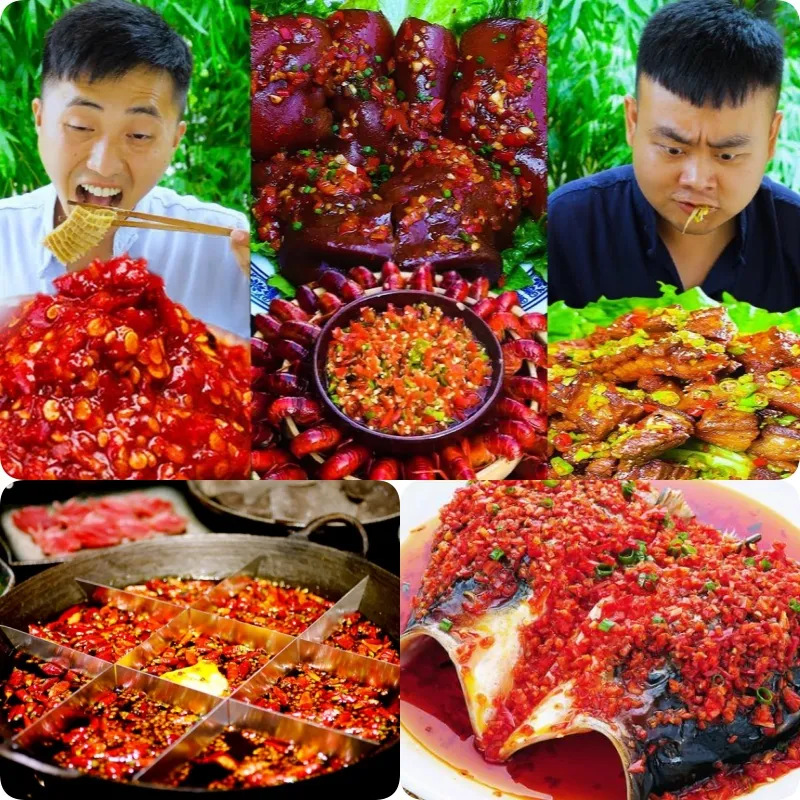
While “spicy” is one of the five primary flavors (sweet, spicy, sour, salty, bitter) in Chinese cuisine, not everyone can tolerate the intense heat. Only certain regions in the West and South of China, such as Sichuan, Chongqing, Shaanxi, and Hunan, have a strong preference for using chili peppers in everyday dishes. The image of fiery hot pots and bright red stir-fries has left a lasting impression on visitors, making them associate China with an abundance of spicy flavors.
Chinese dishes are always elaborately presented

The elaborate presentation of Chinese dishes is largely influenced by Western culture. Today, Chinese chefs focus not only on taste but also on visual appeal, aiming to impress diners from the very first glance. However, traditionally, Chinese people did not place much emphasis on food presentation. Dishes were often served in a large bowl or plate, with just a sprinkle of scallions for garnish. Additionally, dining utensils were simple, with chopsticks being the primary tool used for most meals.
